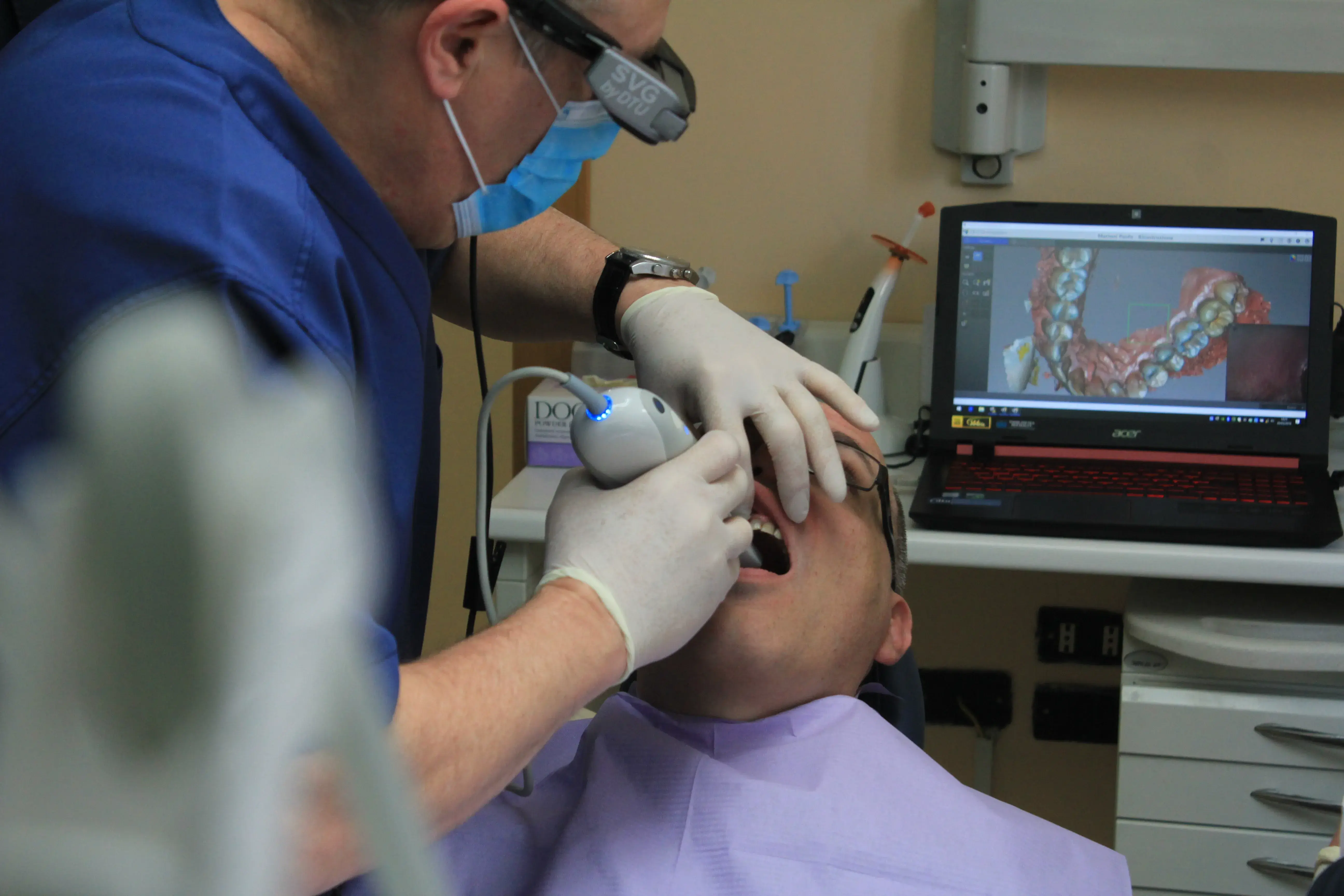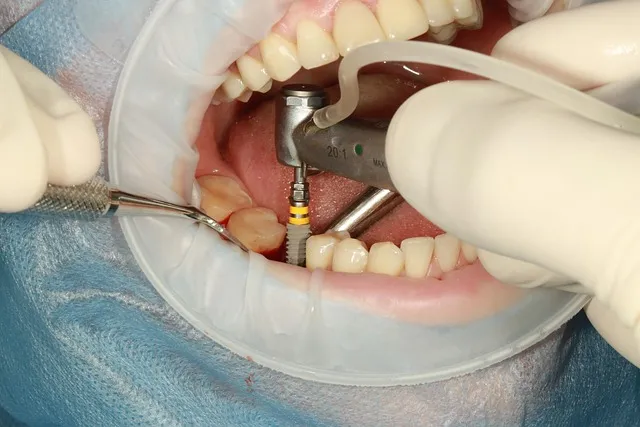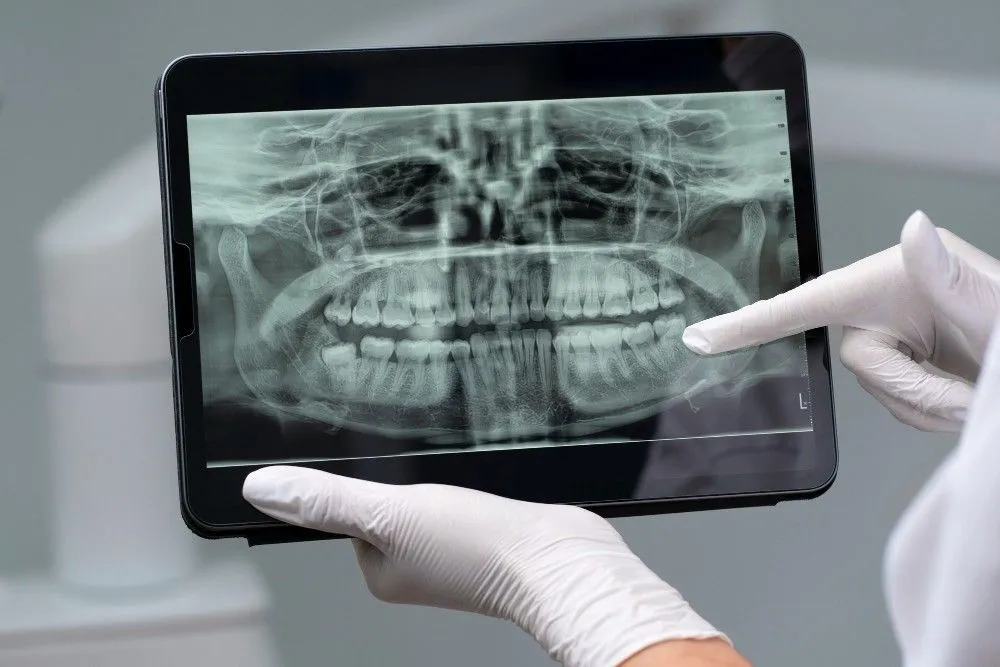Experiencing dental problems such as fractured or missing teeth is never a pleasant experience. Unfortunately, around 2% of adults in the United States have no remaining teeth, which is a massive problem, as you will agree. When this happens, individuals should visit their dentist's office and consult on what treatment they should conduct. Of course, the umbrella term for all these methods is restorative dentistry. Therefore, it is important to learn about all the methods out there. There are many types of dental restoration solutions, but they are different in complexity. Today, we want to talk about the commonest ones in great detail.
1. Dental Implants

The commonest treatment, dental implants, helps resemble your natural teeth. These implants completely replicate the tooth's natural feel, functionality, and look. Still, dental implants are the most invasive approach since it requires surgery. There is no limitation on how many implants an individual can get. So, even when someone is missing all the teeth, it is possible to replace them all. Furthermore, the combination of dental implants with other treatments. We are mainly talking about dentures and bridges. In more severe cases, when the teeth have been missing for a long time, patients may require additional treatments, such as bone grafting or even braces. Braces are quite effective since they help back the teeth into the right position and allow the implant to fit in.
2. Composite Bonding
Among the commonest solutions for discolored or cracked teeth is composite bonding. Composite bonding is an effective method for these aesthetic issues, which harm an individual's smile. We can all agree these issues can greatly harm an individual's self-esteem. That's why addressing these problems is an important task. The process itself consists of composite bonding being applied to the existing teeth. The major difference between this approach and many others we will present later is that it doesn't require any part of the tooth to be removed. At the same time, the natural ones will get a fresh appearance that individuals will enjoy.
3. Fillings
Using dental fillings is an excellent choice for cases when there is no need for extensive treatments. For instance, professionals will not use this approach when the root canal has become inflamed. When this is not the case, the dentist will remove all the decay from the tooth, sanitize it, and fill the holes with dental fillings. Filings are not as durable as most methods, so you will need to replace them after several years. But, of course, extending the lifespan through proper maintenance is possible. Plus, it is important to point out that the fillings can be disrupted when they do not complement the patient's bite. At Santa Rosa's most reputable dental clinic, dentists enhance the teeth's durability by filling the gaps in a tooth, protecting them from bacteria or chipping in the future. You will often see many professional pair fillings with other methods, like crowns. That way, the teeth will get the additional strength they need.
4. Crowns
The next restorative dental procedure we want to talk about is a crown. These are caps placed on top of the damaged tooth. They shield the tooth from damaging occurrences and restore the initial shape. Of course, this happens when that situation has become so severe that the conventional filling is not enough to resolve the problems. As you can presume, crowns are made of a wide array of different materials. However, the commonest material used for these is ceramic. Not only is ceramic more durable than most materials out there, but it is also important to say that ceramic can match the initial color of the tooth without too many interventions. Placing these on the tooth creates a tight seal and provides a high level of protection. However, before the dentist does that, it is essential to ensure crowns will not disrupt the patient's bite and its force. For that reason, crowns are made to resemble other teeth perfectly
5. Veneers
Dental veneers are similar to crowns. They are made of the same materials, light, and highly durable. By placing them on natural teeth and fixing them permanently, they fix numerous issues. The main task of the veneers is covering all the stubborn stains accumulated on worn-down teeth. That doesn't mean that the reason for using them is discolored teeth. In fact, dentists use them in a variety of other situations as well, such as misshapen, chipped, or even broken teeth. However, the method is widely popular these days since it is the least invasive of all the methods you can come across.
6. Dentures
In case of missing teeth, you have another option to take a look at, dentures. There are two sorts of dentures, partial and complete. The main difference between these and dental implants is that you can remove them. But, as with many options, they can help bridge all the gaps. While using these might be somewhat problematic to get used to, today's dentures are quite comfortable. In addition, their design ensures they will not be different from your natural teeth. Therefore, no one should be hesitant about dentures for reasons such as this one.
7. Fixed Bridges

We can all agree that missing teeth is the biggest issue and requires the most complex procedures. One of these complex processes is fitting the patient and installing fixed bridges. The method is effective for all ages, which is important since individuals of all ages can experience tooth loss. Fixed bridges fill the gaps created by the lack of one or more teeth. The reason why this method is called the bridge is that it acts like an actual bridge. It starts and ends on the patient's natural teeth, and it fills the gaps in between. Materials we can use for making prosthetic teeth are numerous, and ceramic immediately comes to mind as the most prevalent. These bridges help with maximizing appearance, structure, and efficiency. Bridges are also quite durable and can last up to 15 years with proper maintenance. The bridges' measurement and design are nothing short of art. So, you should check the dentist's credibility before you visit the office. The easiest way to do it is by checking online reviews online.
The Bottom Line
Each type of restorative dentistry comes with a unique string of benefits. So, naturally, not all of them complement all the cases out there. The decision on which one of these will work in a particular case is upon the dentist. Still, patients should understand them as well. Every detail is important, and patients should have proper insight into all of them.

Reviewed by







